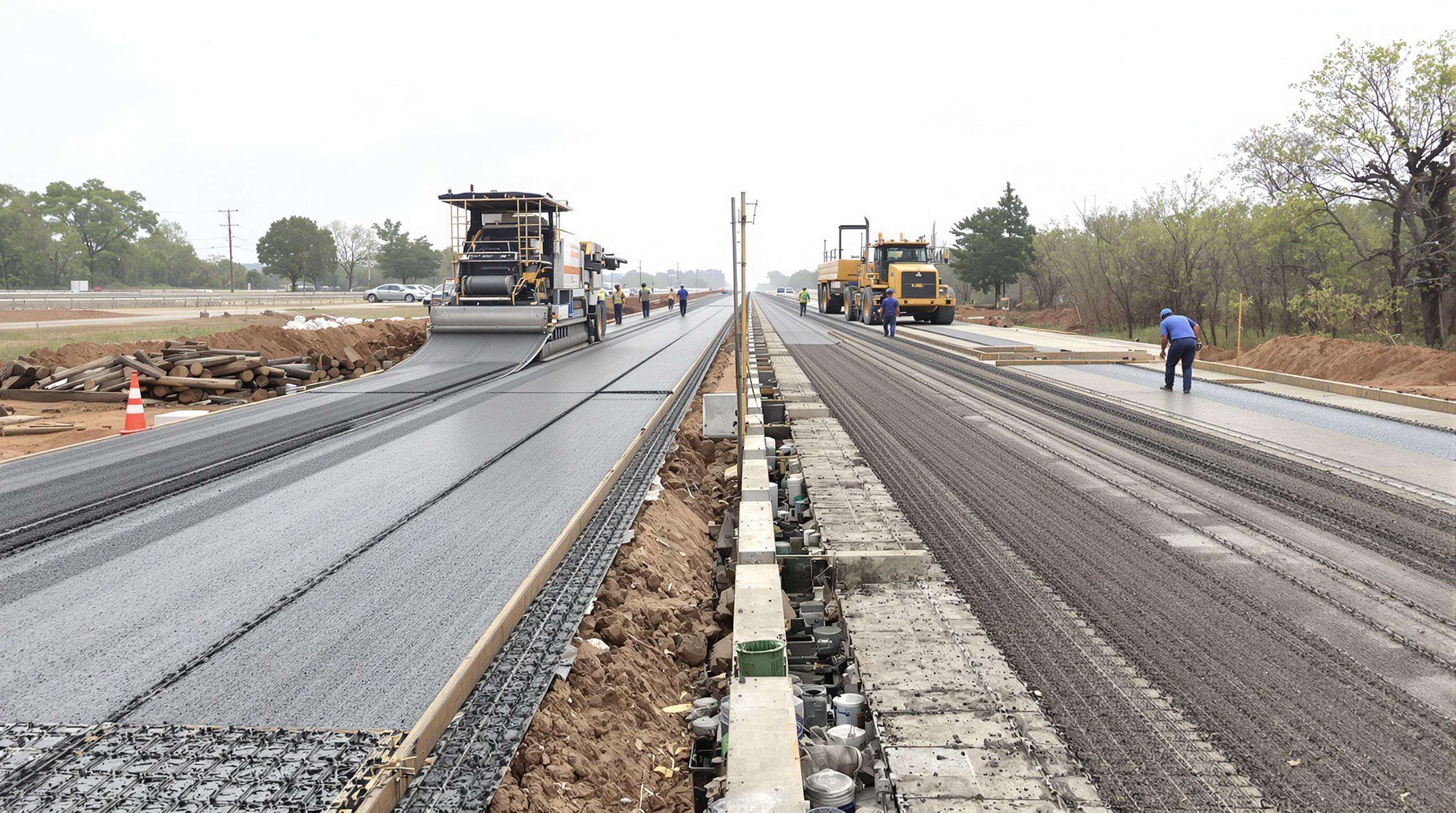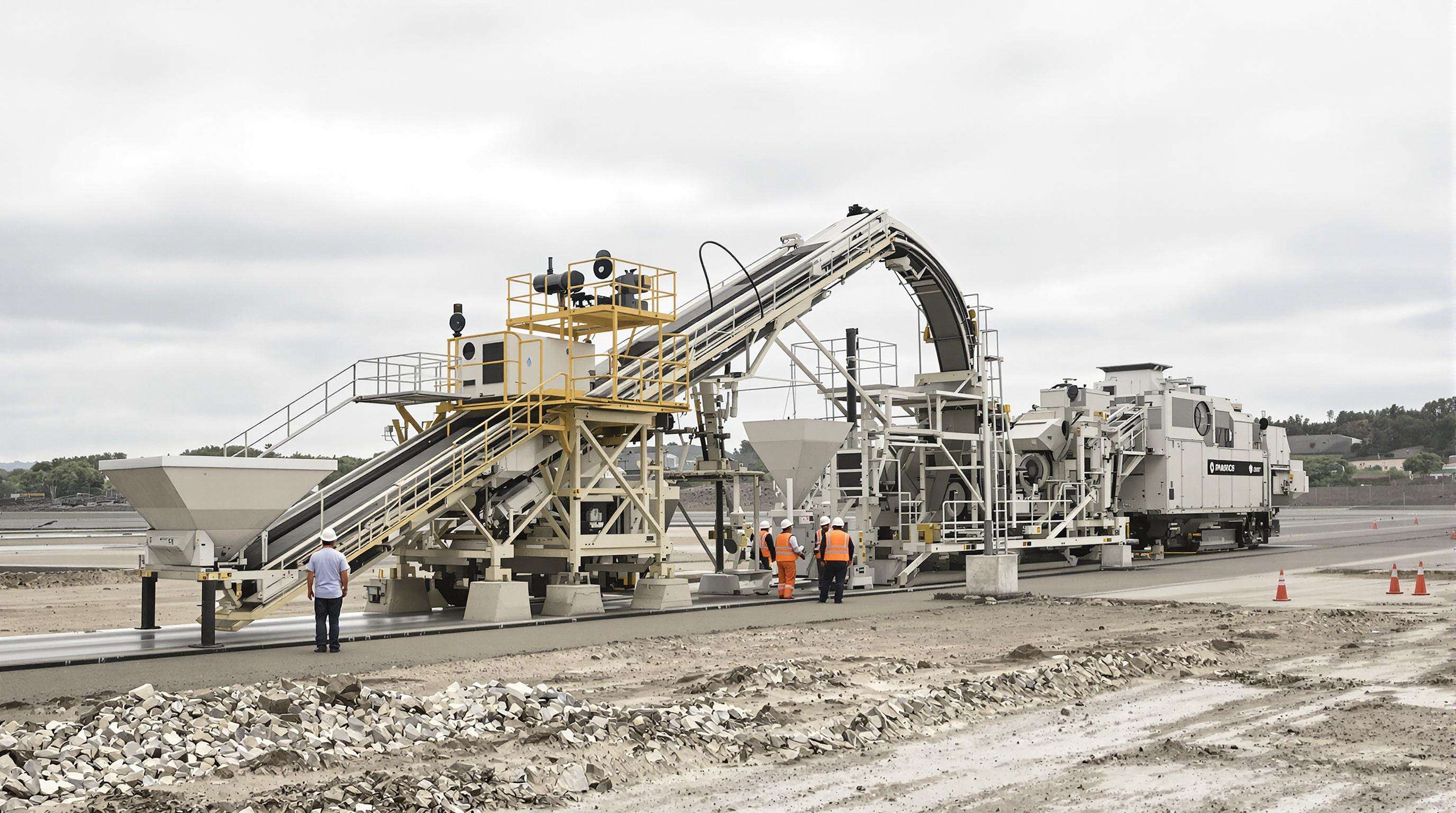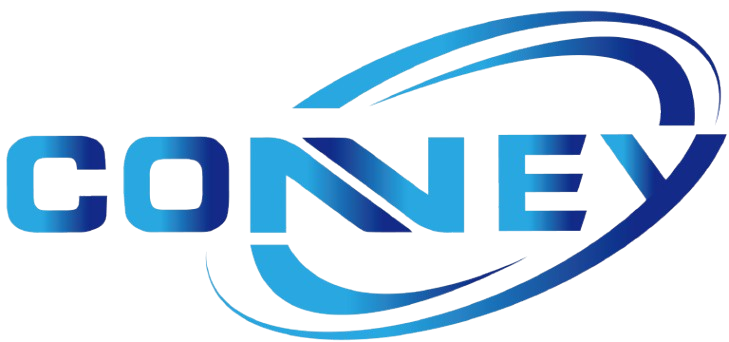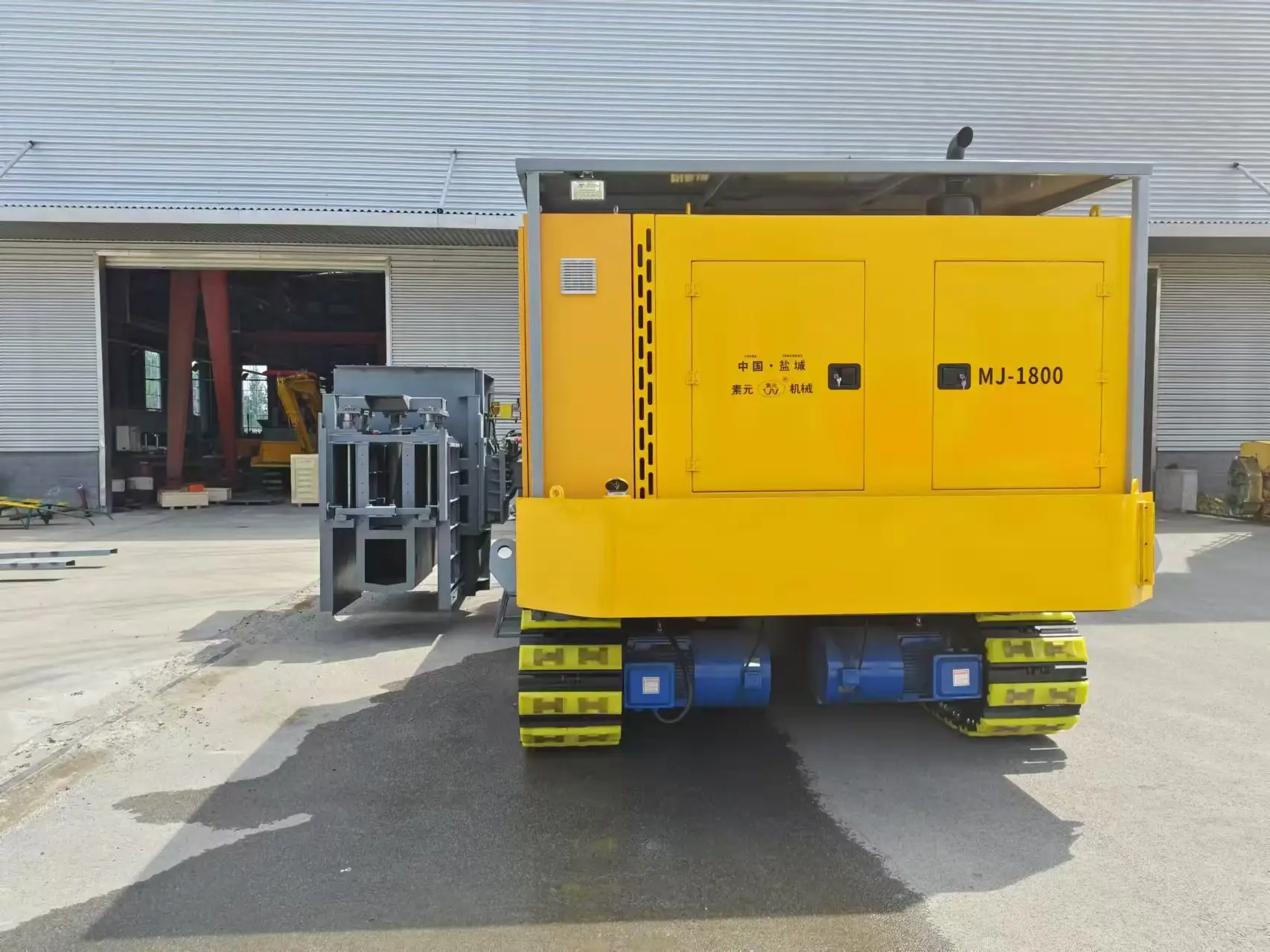Continuous Paving Process Optimization
The slipform paver machine pavers extrude and compact concrete into one monolithic pavement section, reducing joints. With speeds of up to 15 feet per minute, this system cuts manual form-setting labor by up to 60% versus traditional methods, depending upon pour size. The top of the line models come equipped with laser-guided grade control systems to keep the bucket on the straight and narrow, within ±1.5 mm, to reduce waste. And when combined with centralized operator interfaces that offer real-time updates to concrete mix consistency and paving speed settings, they can deliver consistent results from a variety of applications, including highway shoulders to industrial slabs.
Production Rate Comparisons: Slipform vs Fixed-Form

Slipform systems can produce 500–800 linear feet of pavement per day versus 200–350 linear feet with fixed form means and methods, which will deliver a 40–60% productivity gain. This difference increases in the case of large projects, because continuous casting avoids delays in the installation of formwork. Contractors realize 22% speedier construction and 18% lower per mile costs” (National Asphalt Pavement Association, 2022). The less reliance on manual finishing crews saves $120/hour on labor costs (2023 wage averages), and the uninterrupted surfaces reduce long-term maintenance frequency by 34% versus jointed fixed-form pavements.
Automated Material Handling Systems

Material handling on slipform pavers has reached a new level that reduces the cost of labor by up to 25% per square meter. Introduction of fully automated conveyors for the timely delivery of material, thus preventing the manual transport in wheelbarrows. Sensors control flow rates perfectly to provide delivery without over staff. Employees move into supervisory positions, curbing fatigue and accidents. The system also reduces spills and rework, decreasing job costs by reducing material waste.
Crew Size Reduction Statistics
Since 2020, slipform paver adoption has reduced crew sizes by 28% on average. Road projects requiring 10 workers traditionally now use 6–7 personnel. These efficiencies translate to $120–$230 savings per labor-hour, with laser-guided systems achieving the highest reductions (32%) by minimizing manual grading. Smaller crews correlate with faster project completion and lower accident rates.
Surface Quality Consistency Achievements
Modern slipform pavers achieve millimeter-level precision through integrated automation, eliminating human judgment errors. Real-time sensors adjust machine parameters to maintain grade specifications uniformly.
Laser-Guided Grade Control Technology
Laser-guided systems enable ±2 mm elevation accuracy—a 40% improvement over traditional surveying (RoadTech Journal 2023). Continuous alignment compensates for ground irregularities without workflow interruptions.
Reduced Manual Intervention in Finishing
Automated vibration and troweling systems reduce touch-up labor by 65% while decreasing surface wave patterns by 50%. Closed-loop feedback adjusts finishing pressure based on concrete slump, ensuring 99.7% of surfaces meet ASTM C1042 flatness standards without corrections.
Material Waste Minimization Strategies
Asphalt Concrete Pavement The Use of the Slipform Paver to Promote the Use of Recycled Concrete Aggregate in Highway Construction Part II University of Florida Slipform pavers can reduce material waste by 18–22 percent through concrete placement control (2023 pavement efficiency studies). The pouring is continuous with precise layer thickness maintained and onboard reclaimers reclaim spillover, which can reduce fresh concrete requirements by 20–35%. This is in contrast to fixed-form methods where removal of the form represents a waste of 8–12% of deposited material. From operational data, slipform technology reduces the annual aggregate waste per kilometer by 6.8 tons (National Asphalt Pavement Association 2024).
Versatile Slipform Paving Applications
Slipform paving adapts to diverse projects, from airfield runways to highway shoulders, without compromising speed or structural integrity.
Airfield Runway vs Highway Shoulder Adaptations
Airfield runways require slabs up to 16 inches thick to withstand aircraft loads, achieved through adjustable molds (10–40 feet) and 98% compaction rates. Highway shoulders prioritize drainage, with pavers modified for tapered edges and textured surfaces. Real-time grade control adjusts for slope variations, reducing equipment changeover time by 65%.
Weather-Resilient Construction Timelines
Slipform pavers maintain schedules in challenging conditions. Temperature-responsive adjustments allow paving in temperatures as low as 5°C, reducing weather-related downtime by 34%. Real-time moisture sensors optimize water-to-cement ratios during precipitation. These innovations help avoid 12–18 day overruns common with fixed-form paving while complying with ASTM C94 standards.
FAQ
What is a slipform paver?
A slipform paver is a machine used to lay concrete roads, sidewalks, and other surfaces. It extrudes and compacts concrete into a continuous slab, reducing the need for manual form-setting and ensuring a uniform finish.
How does a slipform paver enhance efficiency?
Slipform pavers enhance efficiency by reducing manual labor, minimizing material waste, and improving paving speed. They use automation and real-time adjustments to achieve precise and consistent results, leading to cost savings.
What are the benefits of using slipform pavers over fixed-form methods?
The benefits of using slipform pavers include faster construction times, reduced labor costs, lower long-term maintenance, less material waste, and higher surface quality consistency. They offer significant productivity gains compared to fixed-form methods.
Can slipform pavers be used in different weather conditions?
Yes, slipform pavers can operate in various weather conditions due to temperature-responsive adjustments and moisture sensors that optimize the paving process. This reduces weather-related delays and ensures compliance with standards.
Table of Contents
- Continuous Paving Process Optimization
- Production Rate Comparisons: Slipform vs Fixed-Form
- Automated Material Handling Systems
- Crew Size Reduction Statistics
- Surface Quality Consistency Achievements
- Material Waste Minimization Strategies
- Versatile Slipform Paving Applications
- Weather-Resilient Construction Timelines
- FAQ




